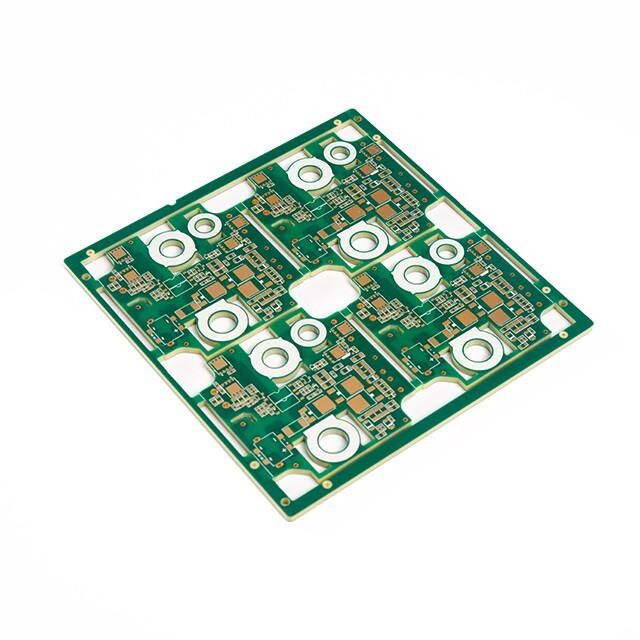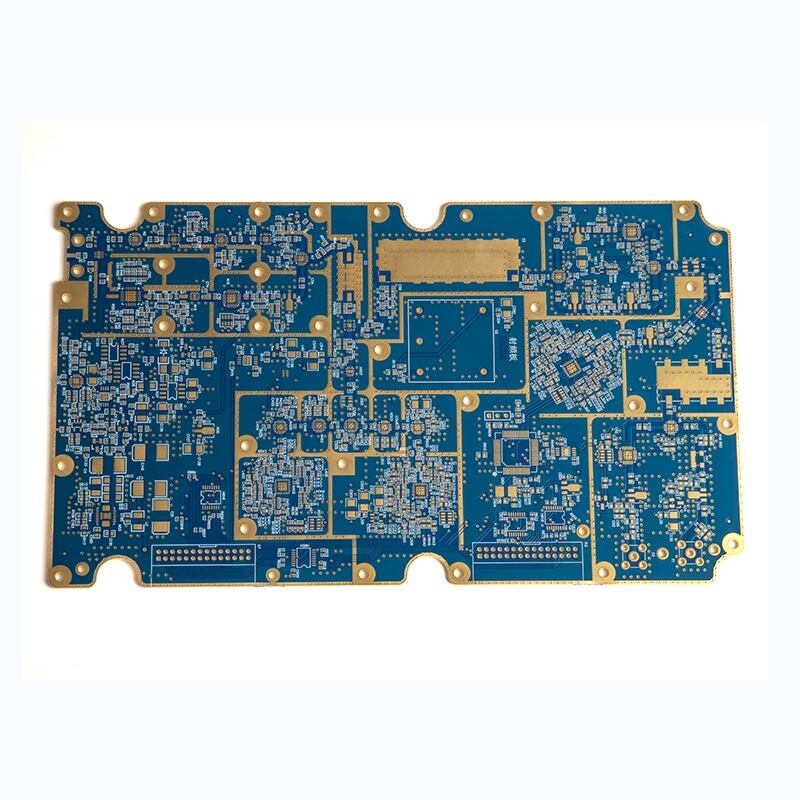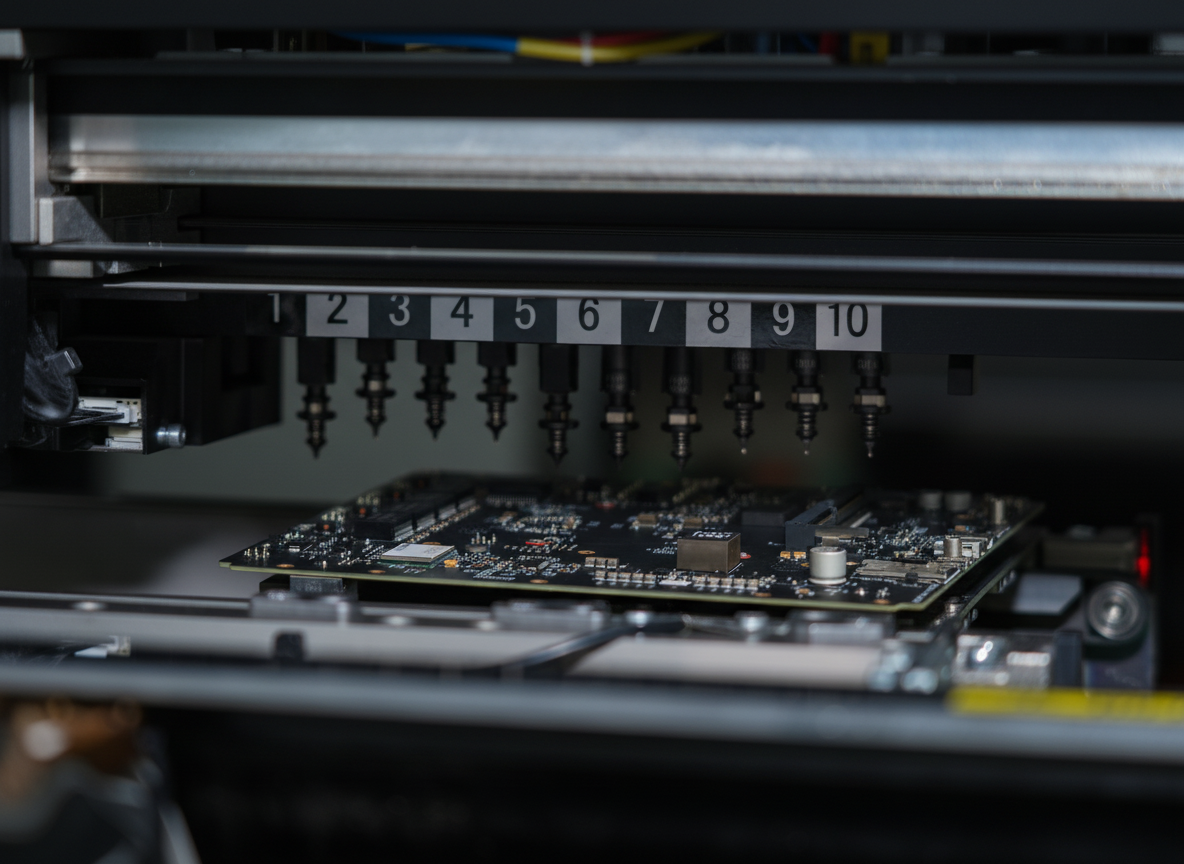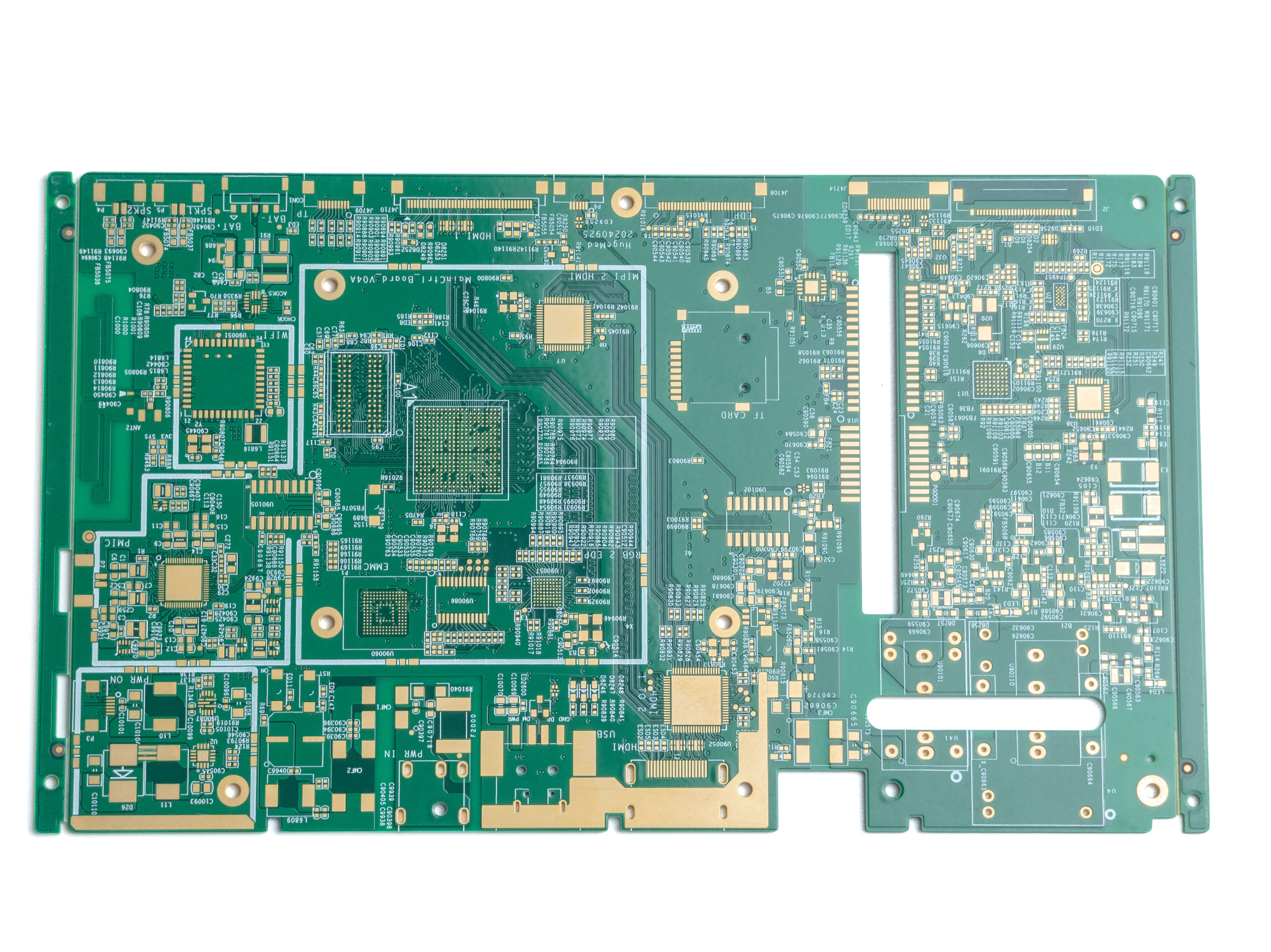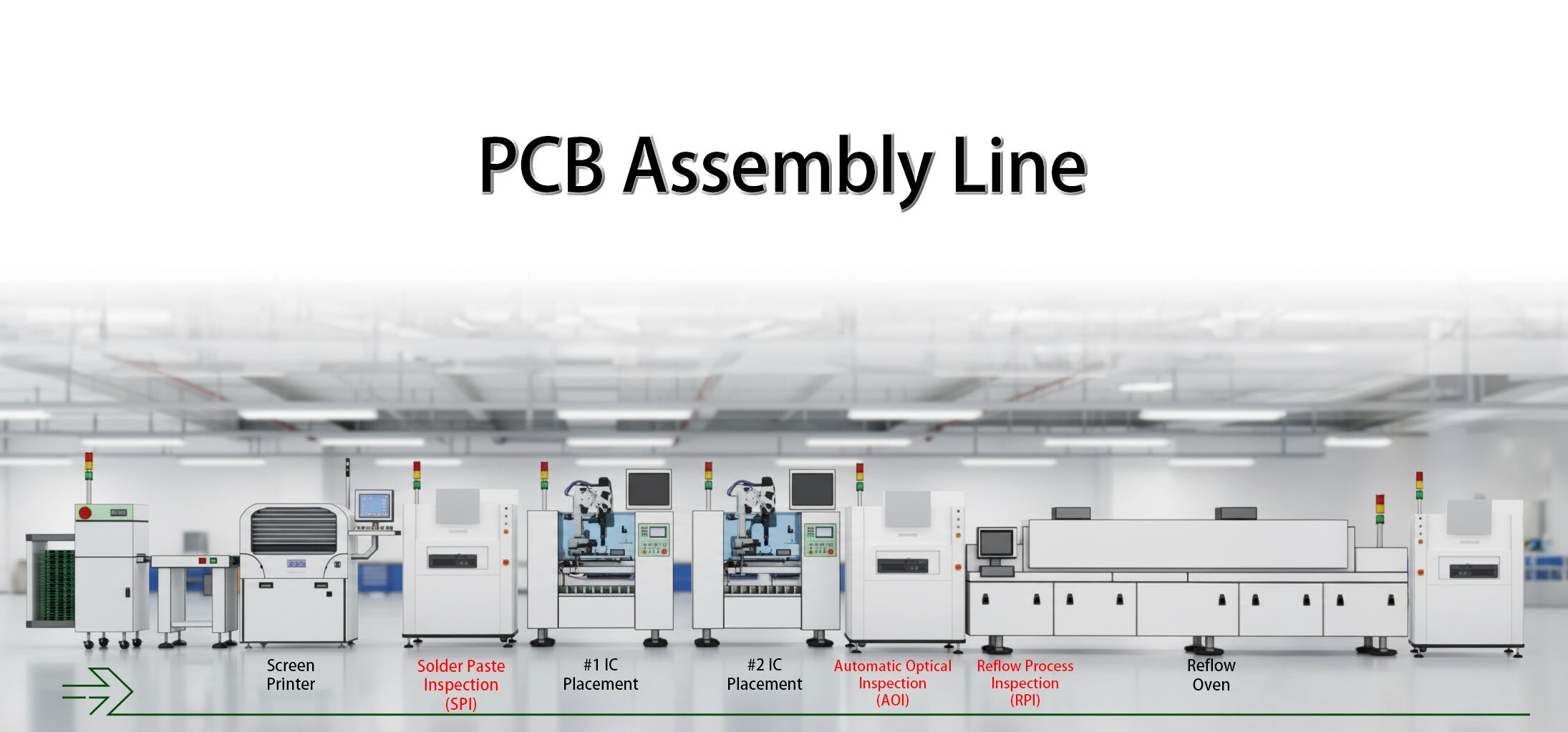high frequency pcb
High frequency PCBs (Printed Circuit Boards) represent a specialized category of circuit boards designed to handle signals operating at frequencies typically above 500 MHz. These sophisticated components are engineered to maintain signal integrity while minimizing losses and electromagnetic interference at elevated frequencies. The construction of high frequency PCBs involves careful material selection, typically utilizing low-loss substrates such as Rogers, Taconic, or PTFE-based materials that offer superior electrical properties compared to standard FR4 materials. These boards feature precisely controlled impedance traces, specialized layout techniques, and often incorporate advanced design elements such as microstrip and stripline configurations. High frequency PCBs are fundamental in modern telecommunications equipment, radar systems, satellite communications, and high speed digital applications. Their unique construction allows for efficient signal propagation while minimizing signal degradation, making them essential in applications where data integrity at high frequencies is crucial. The manufacturing process demands extreme precision in both material handling and fabrication techniques, ensuring consistent electrical performance across the entire board. These PCBs often incorporate additional design considerations such as controlled dielectric thickness, specific copper weights, and specialized surface finishes to maintain optimal performance at high frequencies.

